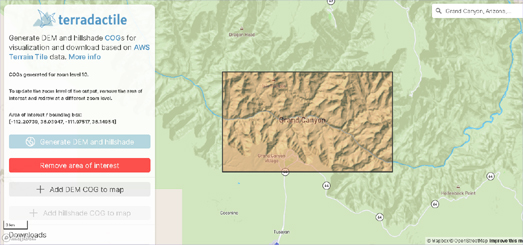Сообщения
Сообщения за ноябрь, 2020
City Tree Scores
- Получить ссылку
- X
- Электронная почта
- Другие приложения
Mapping Missing Bike Paths
- Получить ссылку
- X
- Электронная почта
- Другие приложения
Alternate States of America
- Получить ссылку
- X
- Электронная почта
- Другие приложения
The Color of Passports
- Получить ссылку
- X
- Электронная почта
- Другие приложения
The Tube Map of London Lives
- Получить ссылку
- X
- Электронная почта
- Другие приложения
World Heritage Journeys in Europe
- Получить ссылку
- X
- Электронная почта
- Другие приложения
Mapping the Altitude of Planes
- Получить ссылку
- X
- Электронная почта
- Другие приложения
Australia's Massacres Maps
- Получить ссылку
- X
- Электронная почта
- Другие приложения
Industrial Transportation in the Amazon
- Получить ссылку
- X
- Электронная почта
- Другие приложения
Canada's 15 Minute Cities
- Получить ссылку
- X
- Электронная почта
- Другие приложения
Summers are Getting Longer
- Получить ссылку
- X
- Электронная почта
- Другие приложения
Explore the World in 3D
- Получить ссылку
- X
- Электронная почта
- Другие приложения
The Turkey Who Voted for Thanksgiving
- Получить ссылку
- X
- Электронная почта
- Другие приложения
The Meaning of City Names
- Получить ссылку
- X
- Электронная почта
- Другие приложения
Mapping the Graveyard of the Atlantic
- Получить ссылку
- X
- Электронная почта
- Другие приложения
Growing on Urban Heat Islands
- Получить ссылку
- X
- Электронная почта
- Другие приложения
Map Your Geotagged Photos
- Получить ссылку
- X
- Электронная почта
- Другие приложения
Creating a 3D Point Cloud of the World
- Получить ссылку
- X
- Электронная почта
- Другие приложения
Coronavirus - Spinning Out of Control
- Получить ссылку
- X
- Электронная почта
- Другие приложения
Nightlights & Access to Electricity
- Получить ссылку
- X
- Электронная почта
- Другие приложения
The Karl the Fog Tracker
- Получить ссылку
- X
- Электронная почта
- Другие приложения
The Island of Fiction
- Получить ссылку
- X
- Электронная почта
- Другие приложения
Viewing Paintings as Interactive Maps
- Получить ссылку
- X
- Электронная почта
- Другие приложения
How Many Countries Do You Know?
- Получить ссылку
- X
- Электронная почта
- Другие приложения
The Covid Event Risk Map
- Получить ссылку
- X
- Электронная почта
- Другие приложения
Terradactile
- Получить ссылку
- X
- Электронная почта
- Другие приложения
This is Home
- Получить ссылку
- X
- Электронная почта
- Другие приложения
American Time Travel
- Получить ссылку
- X
- Электронная почта
- Другие приложения
Before & After the Berlin Wall
- Получить ссылку
- X
- Электронная почта
- Другие приложения
Mapping Aboriginal Languages
- Получить ссылку
- X
- Электронная почта
- Другие приложения
The Purple States of America
- Получить ссылку
- X
- Электронная почта
- Другие приложения
The Atlas of the Underworld
- Получить ссылку
- X
- Электронная почта
- Другие приложения
Mapping the Democrat Swing
- Получить ссылку
- X
- Электронная почта
- Другие приложения
The National Flooding Dashboard
- Получить ссылку
- X
- Электронная почта
- Другие приложения
Red, Blue, Green & Yellow Towns
- Получить ссылку
- X
- Электронная почта
- Другие приложения
Russia's Secret Invasion Maps
- Получить ссылку
- X
- Электронная почта
- Другие приложения



































